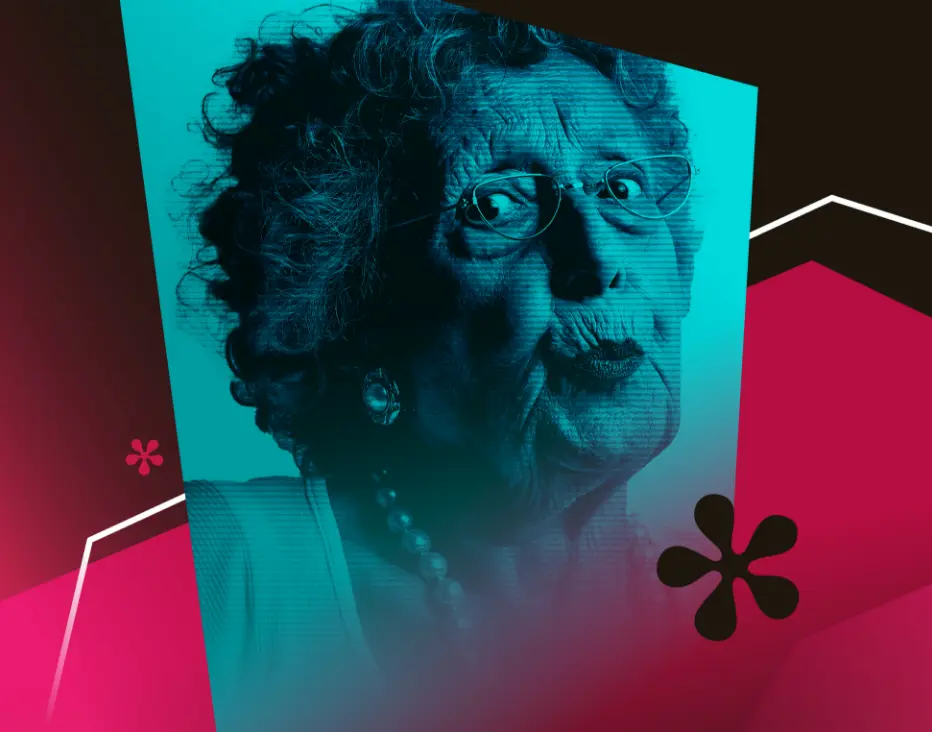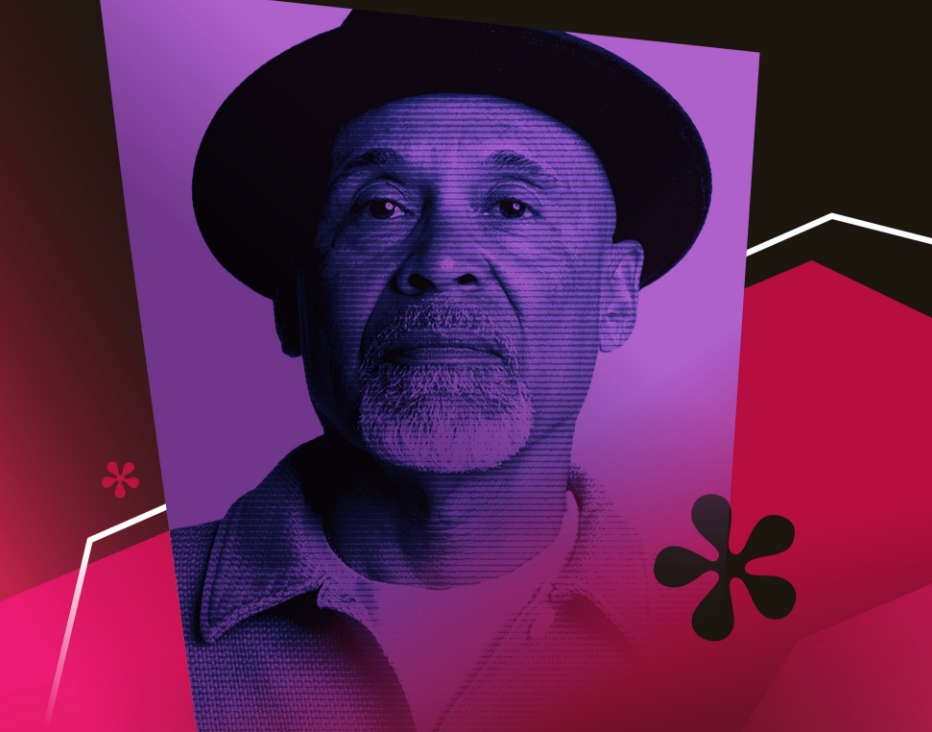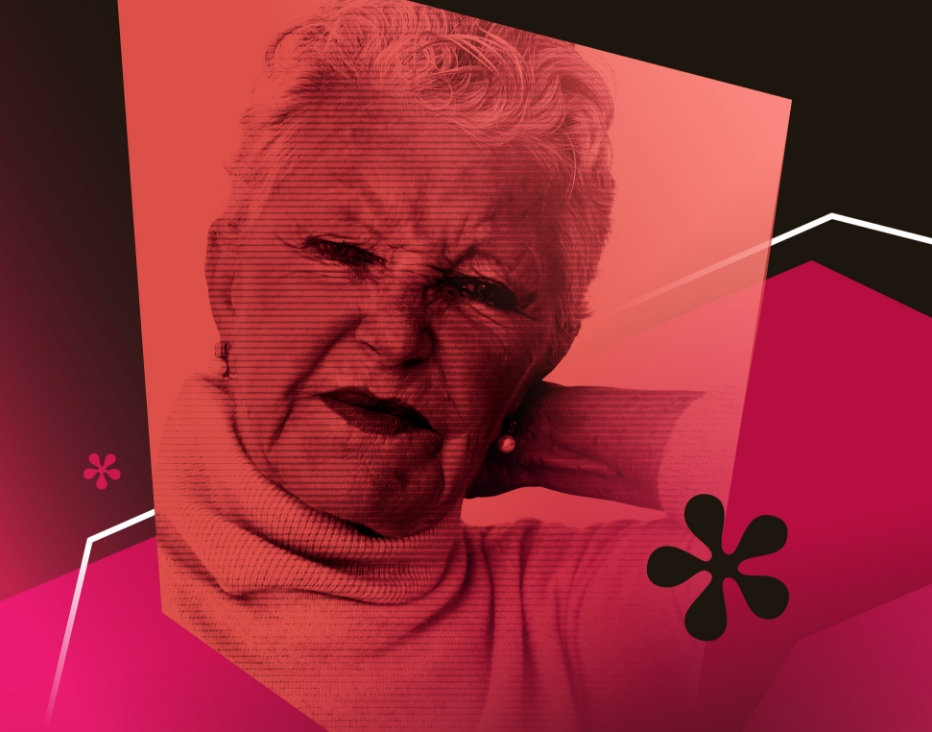Meet the MPN 10 is a Novartis disease awareness campaign, funded by Novartis Pharmaceuticals UK Ltd. and developed in collaboration with MPN Voice. MPN Voice has provided expertise in the development of the campaign. Novartis has approved the associated materials in line with the Association of the British Pharmaceutical Industry Code of Practice.
Disease awareness
Jump to
Resources for those who have already been diagnosed with an MPN
Jump to
Do you recognise the symptoms of myeloproliferative neoplasms (MPNs)?
MPNs are a group of rare blood cancers originating in the bone marrow.1 The MPN 10 are the 10 most common symptoms associated with these types of cancer, and they’re a crafty bunch.
They know how to disguise themselves, how to blend in and above all how to trick people. Often, these suspicious symptoms are easily confused for other things such as old age or even just feeling a bit under the weather – but it’s important to remember that these symptoms may be connected to MPNs.
Everyone’s experience with the MPN 10 is unique. To help those living with MPNs to recognise the symptoms and speak up about their experiences, this page provides information about the most common symptoms (A.K.A. the MPN 10) and gives advice on how to seek support.
If you, or someone you know, is living with an MPN and experiencing any of the MPN 10 symptoms, don’t just put up with them – track them down and speak with a doctor or nurse to get helpful information and practical advice.
The roadshow exhibition
The MPN 10 immersive installation
Designed to shine a light on the symptoms of myeloproliferative neoplasms (MPNs), ten bespoke sculptures have been exclusively designed by five talented mural artists from around the UK. Each sculpture represents one of the ten most common symptoms of MPNs, and an immersive augmented reality (AR) experience activated through a QR code brings the MPN 10 characters to life.
Watch the ‘making of video’, showing behind the scenes footage including action from the studio and launch at Westfield, London. Jon Mathias, Co-Chair of MPN Voice who lives with an MPN, talks on the impact of these rare blood cancers. Plus exclusive interviews with the brilliant artists behind the numbers, Frankie Strand (London), Oskar with a K (Manchester), Paul Curtis (Liverpool), Ross MacRae (Glasgow) and Spike Clark (Bristol).
Follow the clues to catch the culprits
1 | To raise awareness of MPNs and help people to recognise the tricky symptoms that could be connected to these rare blood cancers,
an MPN 10 exhibition featuring 10 giant number sculptures launched at Westfield, White City, London and is on display at various
locations around the UK including Liverpool, Bristol and Glasgow. See the numbers in-situ at Westfield, White City, London below. |
2 | Each number represents a specific symptom that makes up the MPN 10 (the ten most common symptoms of MPN). |
3 | The numbers have been decorated by artists to convey what it’s like to live with each of these symptoms. |
4 | The sculptures all feature their own unique QR code, leading to important information about the MPN 10. |
5 | Take ‘selfies’ and photos with the giant numbers and share via your social channels to help spread awareness.
Don’t forget to use #MPN10 #BloodCancerAwareness. |
Look out for the sculptures at a city near you and be sure to take a photograph and post it with the hashtag #MPN10 #BloodCancerAwareness
MPN information
What are MPNs?
Myeloproliferative neoplasms, also referred to as MPNs, are a group of rare blood cancers. These blood cancers specifically affect the bone marrow, the spongy tissue found in the centre of some bones. The three main types of MPNs are: 2,3
Myelofibrosis (MF)
MF causes scar tissue to build up inside the bone marrow which means blood cells can’t be produced effectively.4 This leads to low numbers of red blood cells.4
Essential thrombocythaemia (ET)
ET causes the blood to contain too many platelets which, in turn, causes a higher risk of developing blood clots.4
Polycythaemia vera (PV)
PV causes the overproduction of red
blood cells.4
Key MPN symptoms
Meet the suspects
It’s time we got to know these suspicious symptoms a little better. Hiding in plain sight, this crafty lot could be connected to MPNs.
1. Abdominal pain Al
Has he made you feel like your
stomach is in knots?
Abdominal pain, or pain around the tummy, is an uncomfortable symptom associated with MPNs. In some cases it can feel like a build-up of pressure in or around the stomach and can lead to indigestion.5
MPNs can cause organs (like your spleen and liver) to produce red blood cells. When this occurs in the spleen or liver, it can make them swell or become enlarged, putting pressure on the stomach. This can lead to abdominal pain, discomfort or indigestion.5
2. Inactive Iain
Has he caused you to do less?
Inactivity, or lethargy, can make you feel like you can’t do anything at all. Inactivity is related to the more physical side of things, for example, physically not being able to get up and do everyday activities, and lethargy is more about feeling low in mood. The two aspects are related to each other – fatigue in the body can mean people living with MPNs are physically unable to stay active, which can then impact mood and motivation levels, causing them to feel worse.4
3. Weight Loss Wendy
Has she caused you to lose weight without trying?
People living with MPNs may experience sudden or unintentional weight loss due to other symptoms of the condition. Weight loss can occur as a result of feeling less hungry, due to early satiety (or feeling full-up).5 Equally it could be a side effect of abdominal pain, discomfort or indigestion which can be caused by an enlarged spleen or liver.5
4. Feverish Flora
Has she been messing with your temperature?
Fevers and changes in temperature can cause people living with MPNs to feel hot and/or cold, resulting in excess sweating.4 Fevers in MPNs can be caused by the release of cytokines (the chemical messengers that help cells communicate) from the immune system. The release of cytokines can cause an inflammatory response within the body, which may cause a fever to develop.6
5. Can’t Concentrate Carol
Has she been making you lose your focus?
People living with MPNs may find it difficult to maintain their focus and can experience concentration problems such as brain fog, which could mean people feel easily distracted, or find it harder to focus without losing concentration.7 This symptom could be related to processes that occur in the brain caused by MPNs – the release of cytokines (the chemical messengers that help communication between cells) can lead to inflammation.6 Small blood vessels (capillaries) are thought to be affected by this inflammation, and this has been associated with difficulty concentrating or thinking clearly.
6. Felicity Fatigue
Has she been weighing you down lately?
Fatigue is more than feeling tired at the end of the day. It is an extreme tiredness that can have a big impact on the ability to function day-to-day.8 MPNs can affect the number of red blood cells your body produces, which can result in anaemia. Anaemia occurs when there are not enough healthy red blood cells to transport oxygen around the body, making it harder for your muscles to work and contributing to the feeling of fatigue.9
7. Bone Pain Bill
Has he been making you miserable?
Bone, joint and body aches are a common symptom of MPNs. This pain is linked to the fact that MPNs may cause stem cells to multiply. This increased production in the bone marrow may stretch and stimulate the covering of the bone (the periosteum), which could account for this painful sensation.10
8. Full-up Fred
Has he stolen your appetite?
Being full-up, or early satiety, is a common symptom of MPNs. It could mean that people living with MPNs can’t eat as much or feel less hungry than they would usually.5 This feeling of fullness can be linked to swelling of the spleen, which then presses on the stomach. This, in turn, reduces the size of the stomach and can create a feeling of being full after only a small amount of food.5
9. Itchy Ingrid
Has she been making your skin crawl?
MPNs can cause a severe itching sensation, also known as pruritis. This itch can cause skin discomfort – due in part to the itch itself but also the result of scratching.11 As with some other MPNs symptoms, the release of cytokines (the chemical messengers that help communication between cells) could produce an inflammatory response in the body.6 It’s this inflammation that contributes to the intense itching sensation that people living with MPNs may experience.
10. Night Sweats Nick
Has he been disturbing your sleep?
Waking up covered in sweat is a common occurrence for some people living with MPNs.6,12 We know that night sweats can cause discomfort and disturbance to sleep patterns, but why does it occur? In MPNs, the release of cytokines (the chemical messengers that help communication between cells) from the immune system can cause inflammation in the body, and it is this inflammatory response which may contribute to sweating at night.6,12
Take action if you or someone you know is experiencing the MPN 10. Discuss your concerns with a doctor, nurse or specialist.
UK | February 2025 | FA-11360093












